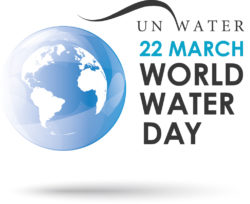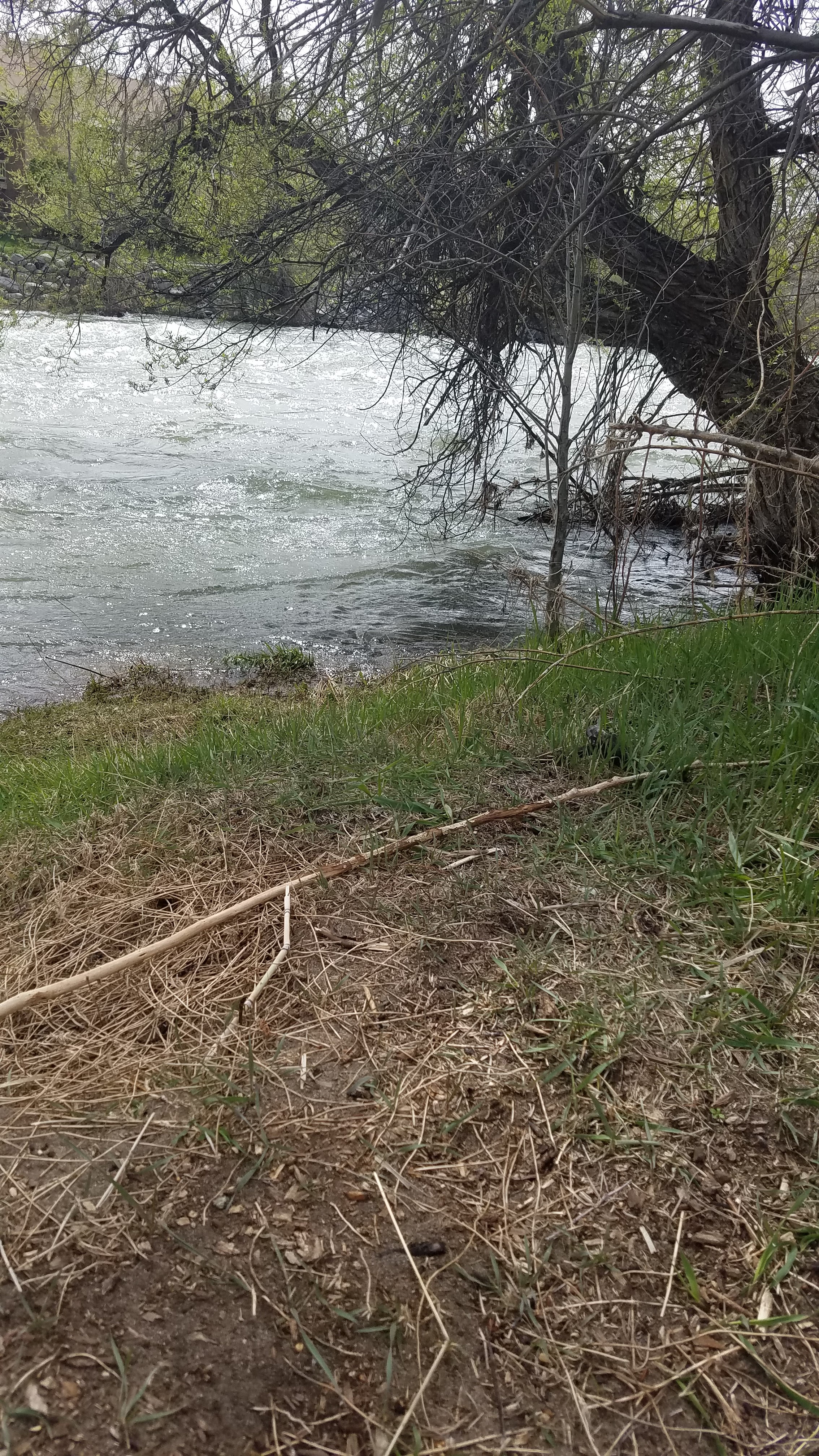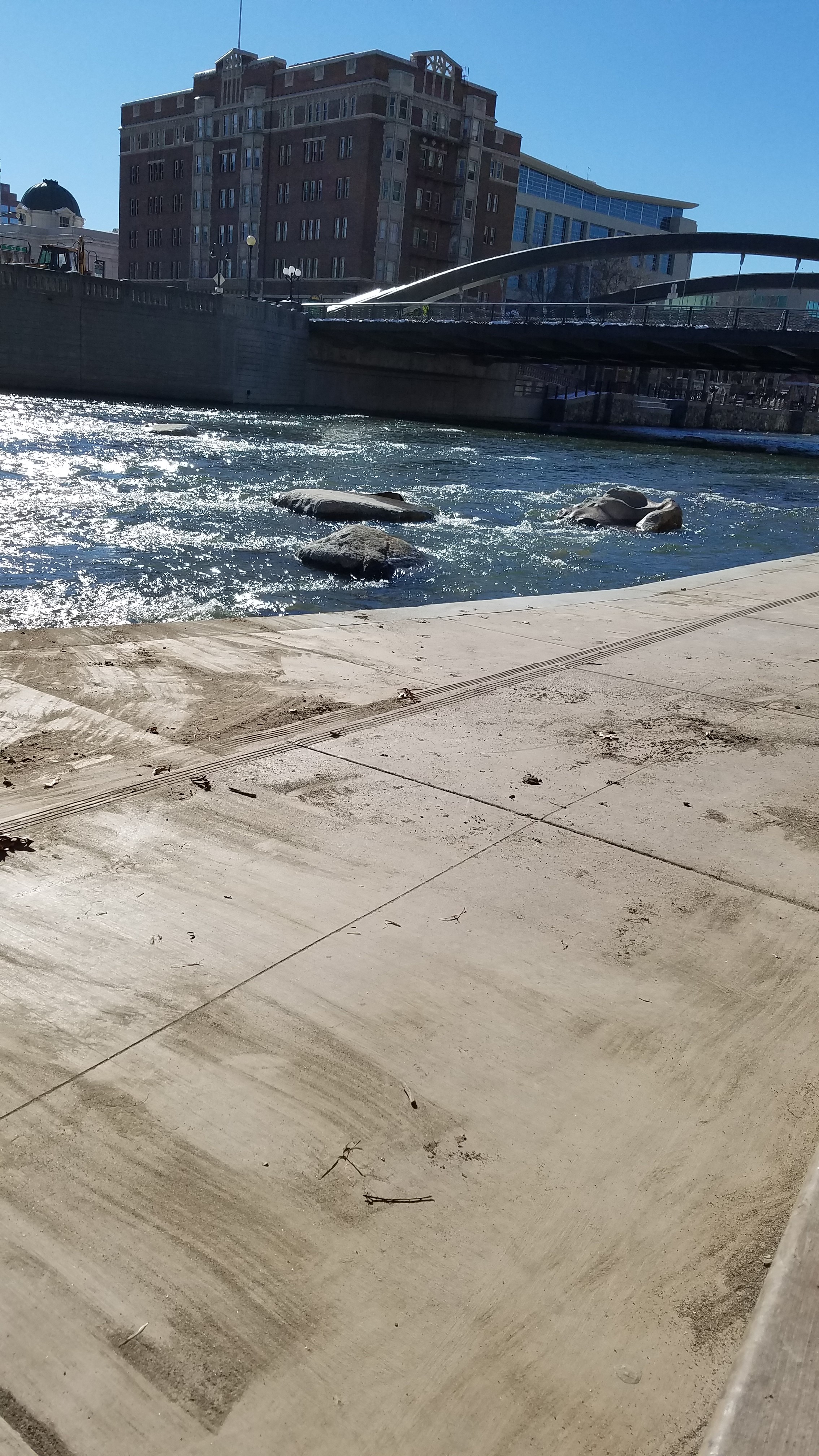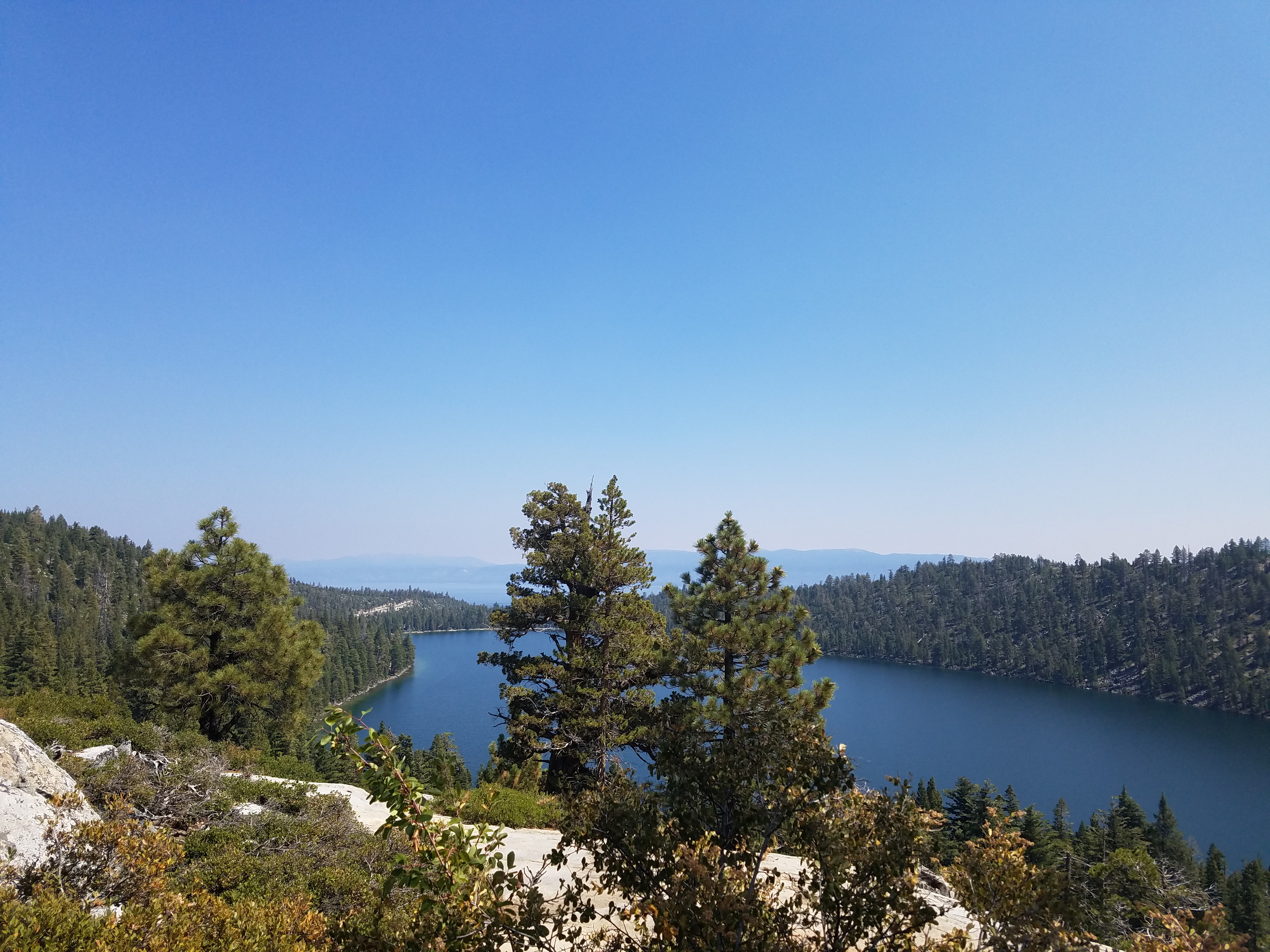EPA Repeals 2015 WOTUS Rule

Last month, the Environmental Protection Agency (EPA) and the Army Corps of Engineers announced the repeal of the 2015 Waters of the United States (WOTUS) rule. The controversial 2015 rule incorporated changes to 1986 and 1988 regulations and incorporated the “significant nexus” standard articulated by Justice Kennedy’s concurrence in Rapanos v. United States, 547 U.S. 715 (2006). The 2015 change occurred through the addition of the defined term “neighboring” which broadened the interpretation of “adjacent” waters (https://www.federalregister.gov/documents/2015/06/29/2015-13435/clean-water-rule-definition-of-waters-of-the-united-states at 37105).
The 2015 rule was the subject of numerous lawsuits and had been found illegal by five federal courts including: (1) the District Court for the District of North Dakota; (2) the District Court for the Southern District of Georgia; (3) the District Court for the Southern District of Texas; (4) the District Court for the District of Oregon; and (5) the District Court for the District of Ohio. With the repeal of the 2015 rule, EPA and the Army Corps of Engineers will reinstate the 1986 and 1988 regulations in the interim while a new rule is promulgated. These regulations are encompassed in: 33 C.F.R. 328; 40 C.F.R. 110; 40 C.F.R. 112; 40 C.F.R. 116; 40 C.F.R. 117; 40 C.F.R. 122, 40 C.F.R. 230; 40 C.F.R. 232; 40 C.F.R. 300; 40 C.F.R. 302; and 40 C.F.R. 400.
The EPA and Army Corps of Engineers cited four primarily reasons for repealing the 2015 rule:
- The rule did not implement the legal limits on the scope of agency authority under the Clean Water Act as intended by Congress and reflected by Supreme Court Cases, including Rapanos;
- The rule failed to adequately consider and accord due weight to Congressional policy in the Clean Water Act § 101(b) to “recognize, preserve, and protect the primary responsibilities and rights of States to prevent, reduce, and eliminate pollution” and “to plan the development and use . . .of land and water resources.” 33 U.S.C. 125(b);
- The rule led agencies to interpret the rule in a way that pushed the limits of agency constitutional and statutory authority absent a clear statement from Congress, authorizing the encroachment of federal jurisdiction over traditional State land use planning authority; and
- The distance-based limitations in the rule suffered procedural errors and lacked adequate support in the record.
With the repeal of the 2015 rule came the filing of lawsuits attacking the constitutionality of the 1986 and 1988 regulations. On the same day as the repeal was announced, the Pacific Legal Foundation filed a Complaint on behalf of the New Mexico Cattle Growers’ Association challenging the reversal and the allegedly even broader interpretation of WOTUS employed under the 1986 and 1988 rules (https://pacificlegal.org/press-release/epa-sued-for-relying-on-illegal-rules-following-wotus-repeal/). The Complaint can be found at: https://pacificlegal.org/wp-content/uploads/2019/10/nm_cattle_growers_v_epa_complaint.pdf.
In contrast, a group of eleven environmental organizations filed a law suit in the Federal District Court for the District of South Carolina challenging the 2015 rule’s repeal based on allegations that it “strips away crucial clean water protections from rivers, lakes, streams, and other waters that feed drinking-water sources for 200 Million Americans” (https://defenders.org/newsroom/conservation-groups-challenge-repeal-of-clean-water-act-protections-federal-court). In light of these seemingly opposite claims, EPA and the Army Corps of Engineers will certainly suffer attacks from all sides as they attempt to establish a clear and implementable regulatory definition of WOTUS that better effectuates the language, structure, and purpose of the Clean Water Act.
The repeal of the 2015 rule was published in the Federal Register on October 22, 2019 and can be found at: https://www.govinfo.gov/content/pkg/FR-2019-10-22/pdf/2019-20550.pdf.
(Photo Credit: https://www.tva.gov/Environment/Managing-the-River)


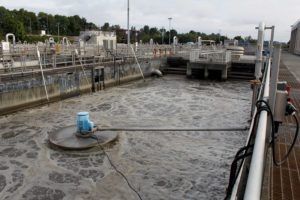

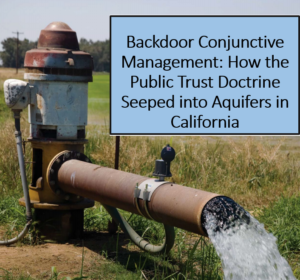

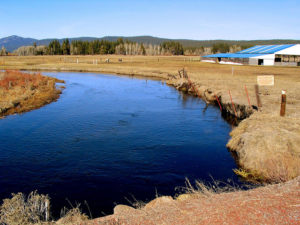


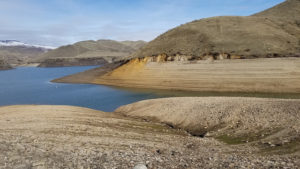


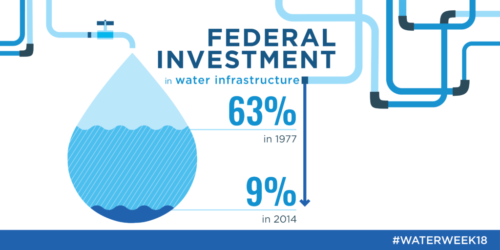 A few main events will take place during Water Week:
A few main events will take place during Water Week: 
